Animal husbandry is not a topic commonly taught in most schools. In fact, on most farms, it is not something that is discussed in terms of learning “husbandry.” You just grow up on a farm knowing it.
That is why so many people become confused when they start talking about any one type of farm animal, and they do not understand the different terms used for the same animal. In the following article, you will see that there are multiple terms describing chickens, which all mean or refer to chickens in one way or another.
Chickens Are Chickens
Chickens are chickens, and people are people, or so the saying goes. Simply put, chickens are the term that refers to all chickens, regardless of breed and other relevant chicken terminology. You would not refer to an entire coop of chickens as ducks or turkeys because chickens are chickens.
However, there are many other terms used to describe the chickens you have in your coop. It helps to learn these terms so that you can keep things straight when you are talking about your chickens with other people and explaining that “hens vs. chickens” has no “versus” involved.
Hens Are Chickens
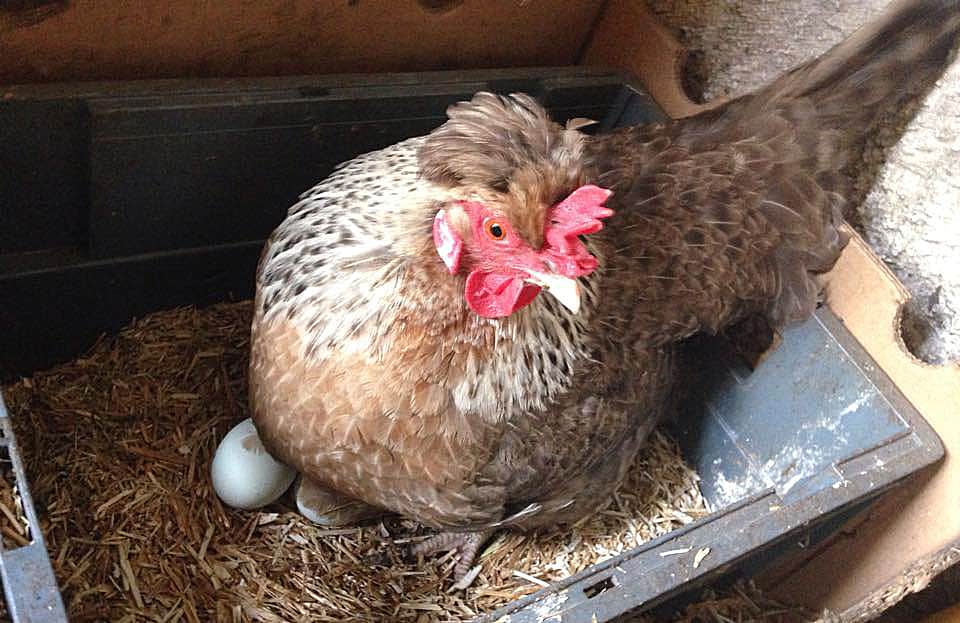
Hens are chickens. They are the female birds in a coop that lay eggs and are responsible for the young chicks in their brood. They sit on a nest of eggs to warm and hatch them, too. There is no other way to distinguish hens from chickens than this because hens are chickens.
It is like placing a chart in front of oneself where “chickens” is the very generalized and universal term for these animals placed at the top of the chart. One branch coming down from the top label of chickens is “hens.”
There are stages in the life of a hen, but they don’t always have a particular name attached to them. For example, an “egg layer” is a hen that is just being used for the purpose of laying non-fertile eggs for human consumption. A hen that is older and a good mother to her chicks is an “old mother hen,” but some hens refuse to tend to their chicks at all after their eggs have hatched.
Some hens will act as foster mothers to chicks who have been shunned by their mothers and raise those chicks as their own. You can see how some of these different hens and their life stages may have nicknames, but no formal or scientific names are attached. None of these should be confused with “broody hen,” which is more of a psychological disorder in hens than an actual life stage.
Chicks Are Also Chickens
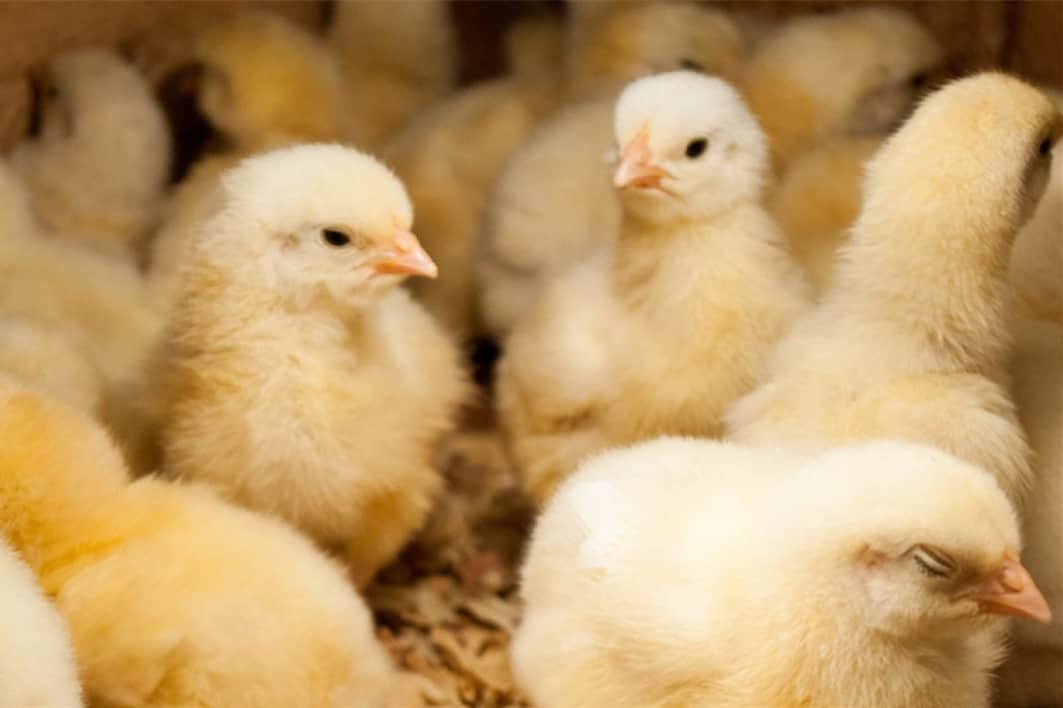
Chicks are the juvenile offspring of chickens. They are the cute, fuzzy little fluff-balls bobbing around a coop after their mothers and looking for food. Chicks will emerge from eggs 21 days after their mothers have laid them and sat on the eggs to keep them warm.
They will also hatch if you place the eggs in an incubator for three weeks. Any eggs that have not hatched after that you should throw away because they are either not fertile or the chicks inside are dead. (Either way, under heat for three weeks will make these eggs very rotten and quite foul!)
Pullets Are Chickens Too
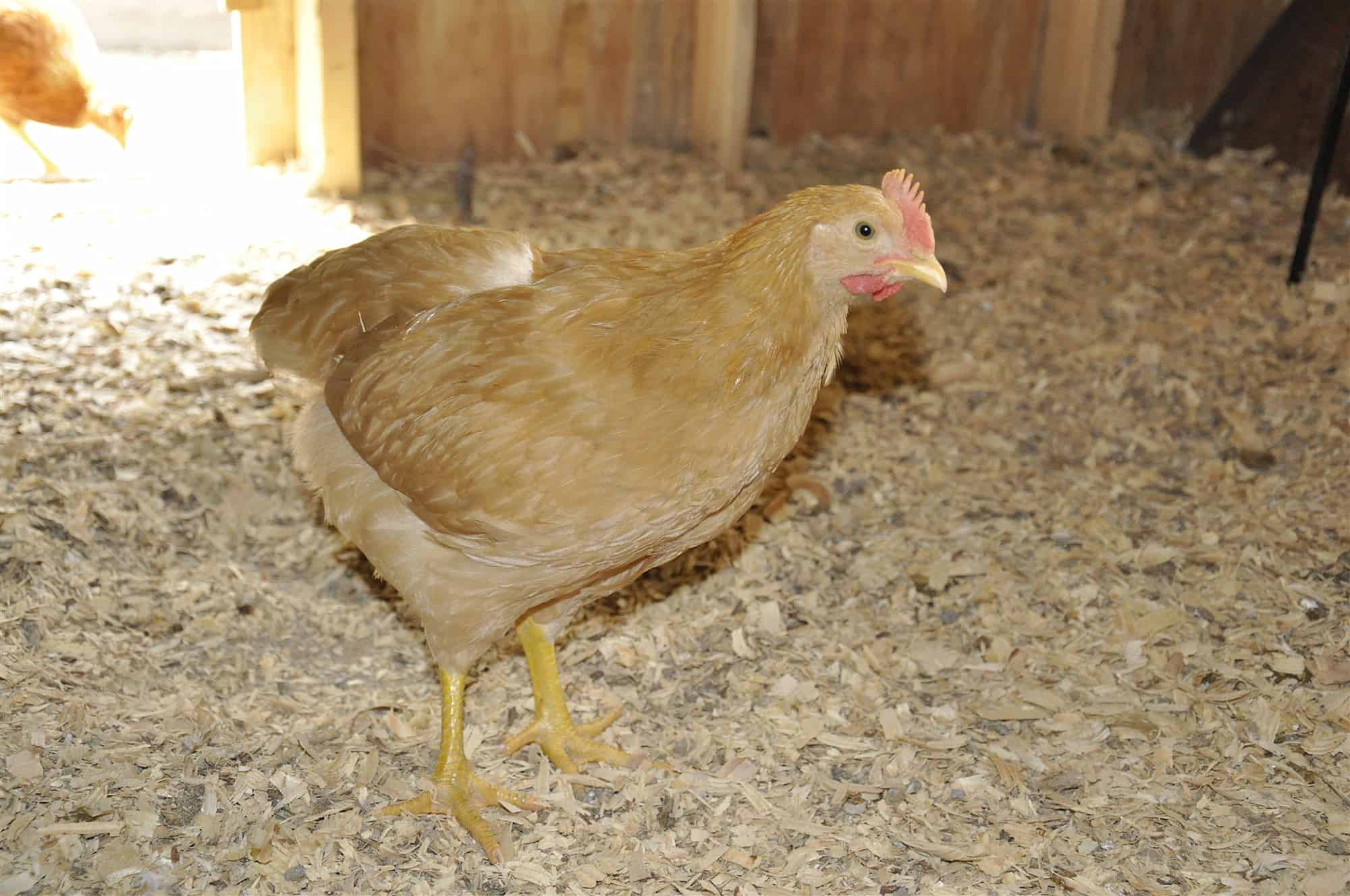
Pullet is said to come from the French word for chicken, which is poulet. In French, you would say Poo-lay, with the “t” being silent. However, you can easily see how the French word could be read in English as “pull-it.” Hence, “pullet” is the name given to another life stage of the chicken.
Pullets are the teenagers of chickens. There really is no other way to describe this gangly, awkward stage from chick to adult. It does not matter if the pullet becomes a hen or a rooster. It is a pullet until it is an adult chicken, and then there is no hen vs. chicken either. A female pullet is a teenage girl chicken, period. Likewise, a boy pullet is a teenage boy chicken until he has fully matured.
Just so you are aware, a chick becomes a pullet around two weeks after hatching. This is when the first feathers begin appearing, and the chick fuzz disappears. Hen vs. chicken only fits here when you see the mother hen begin forcing the young pullets out of the nest and away from herself.
The hen knows that her chicks are now becoming pullets. She will want less to do with them than she did a week or two earlier. The pullets become adults at six weeks of age, which is very rapid development, to say the least.
It is at this stage of development where it becomes obvious which of your pullets are going to be hens and which are going to be roosters. We have a complete guide to sex chickens if you want something more specific.
Roosters Are Chickens as Well
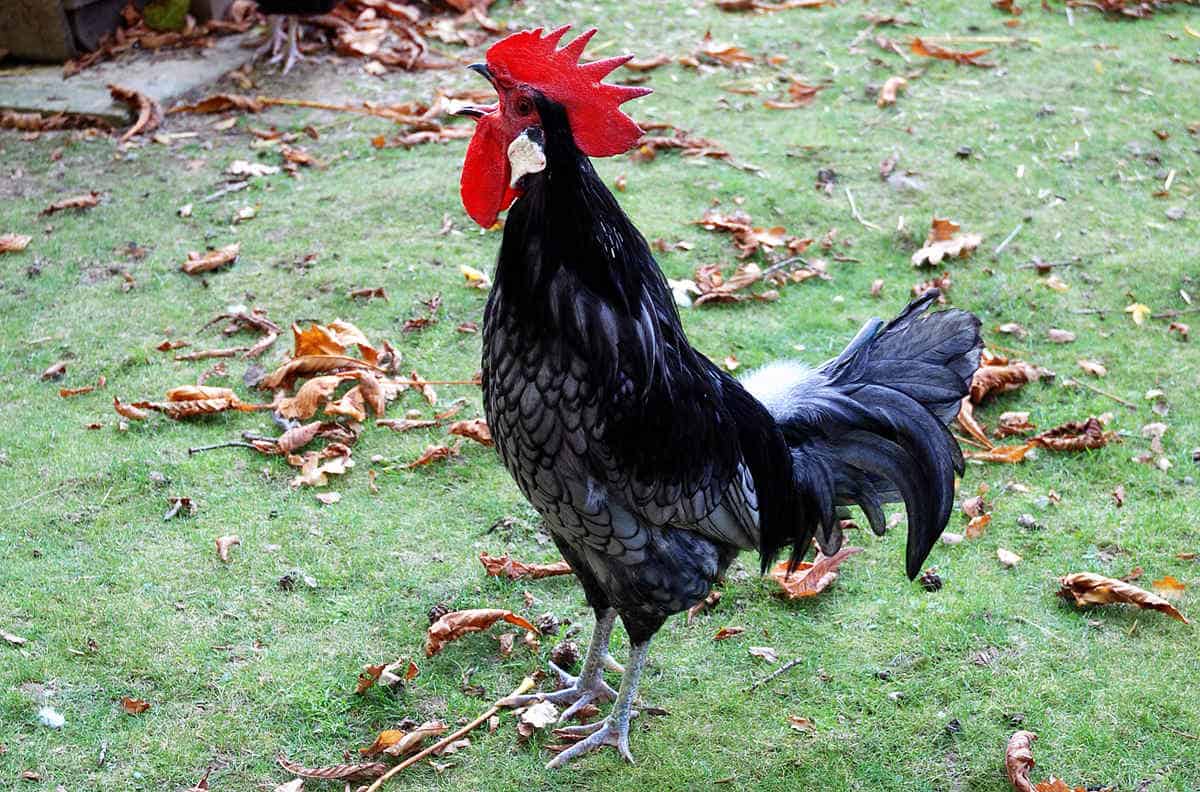
By now, you are probably beginning to see a pattern. Hen vs. chicken is no such thing because a hen is a chicken. A rooster is also a chicken.
Roosters are fully grown male chickens capable of mating with the hens and fertilizing the eggs so that there will be chicks in the coop and, subsequently, more chickens which will turn into more hens and more roosters. The terminology of the life cycle of chickens never pits any differences between hens vs. chickens or roosters vs. chickens because they are all chickens.
A young male chicken, under one year of age, is referred to as a cockerel. This is why male chickens are sometimes called cocks because it is a shortened form of a cockerel. All three names mean the same thing; a male rooster that is capable of breeding and reproducing with hens.
Conversely, a capon is a neutered rooster. Castration of roosters is no easy task! You can either chemically castrate them via injections to kill the hormones that make them roosters or remove some of the roosters’ reproductive systems to physically castrate them.
This is known as culling. In an odd way, you could say that a castrated rooster is almost a hen, but never a hen vs. a chicken because a capon is still a chicken!
How to Tell if Your Chicken is a Hen?
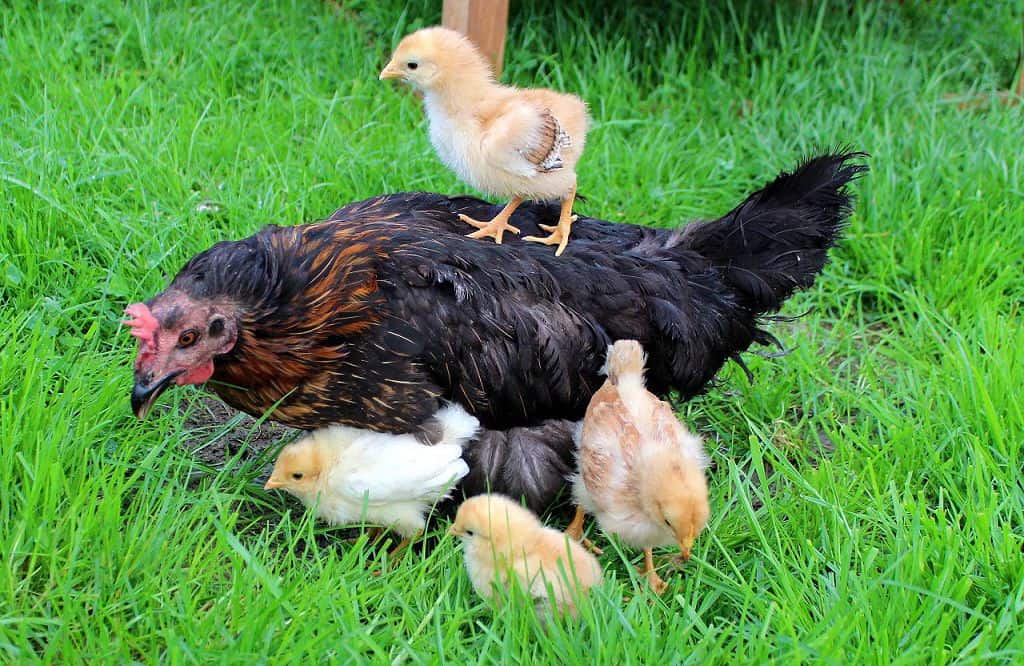
How to Tell if Your Chicken is a Hen? Figuring out the sex of a chicken can be tricky, especially when they’re young. But there are some ways you can try to find out if it’s a hen:
- Feather development: Females usually have softer feathering which grows more evenly compared to male feathers which may look longer and pointer.
- Comb & wattles: Smaller and slower to develop in hens.
- Behavior: Hens tend to be quieter while roosters might make more noise and act crowing, chasing & showing dominance
- Vent characteristics: This one should only be done by experts, read more: 6 Ways to Determine Hen Or Rooster.
- Secondary sexual characteristics: Larger combs, wattles & spurs are common traits in males while hens tend to keep their feathers plainer.
Remember that these methods won’t always give you an exact answer, especially with younger chickens so waiting until around 4-6 months is best before making your judgment. If you’re still unsure then speaking with a poultry breeder or vet will help too.
Distinguishing between pullets and cockerels can be trickier than hens and roosters if the chicks are really young because their major differences don’t stand out as much. To determine each chick’s sex, you can either spread out the wings to look for alternating long and short feathers (female) or open up the vent area a bit to peek inside their genitalia (male). It’s generally safer to go with wing sexing instead of vent sexing though.
Other Hen vs. Chicken Situations
When you examine other farm fowl, hen vs. chicken is only possible when you are talking about other types of barnyard fowl raised for food that are also female birds known as hens or other female birds that are not chickens at all. For example, quail are not chickens, but the females are hens.
Turkeys are not hens or chickens at all, and therefore there is no hen vs. chicken scenario here either. Ducks have their own names for mother ducks too. Pea hens are hens, but not chickens; they are the females of the peacock world. While other birds may have some similar terminology, keep in mind that hens in the chicken world are always chickens.
When a Hen Is Still Technically a Hen but No Longer Laying Eggs

Finally, it should be said that the egg-laying ability of any hen eventually ends. The hen is still technically a hen because there is no term for a hen that does not lay eggs. However, the hen is still a chicken and, therefore, may be referred to as a chicken in order to differentiate her from the other hens in the coop that lay eggs.
Chicken Terminology and Buying Chickens
Understanding all of the above terminologies is important when and if you decide to buy and raise chickens in your backyard. Being able to understand the life cycle of the chicken will lead to decisions about all of the chickens in your coop, from the very youngest chick to the very oldest hen or rooster.
If you are raising these animals for food, then it is even more important to recognize the ages and stages of chickens so that you know when to slaughter them for food and when to keep raising them for eggs and more chickens.
When you are ready to purchase chickens, you will be able to recognize what you are buying, use the correct terminology, and ask for the right chickens to fill your coop. The supplier of chicks or the farmer selling pullets or fully grown chickens will be impressed by your chicken knowledge. Decide ahead of time how many of each life stage and sex of chicken you want to raise so that you buy exactly what you want.
Summary
Chickens are chickens. Different life stages of chickens have different names. There is no “hen vs. chicken” since all hens are chickens, just like all chicks, pullets, roosters, and capons are chickens.
There may be certain specific circumstances where a hen is not a chicken or where you might say that hen vs. chicken is used to describe an old, non-egg-laying chicken, but those examples are few and far between.

Joseph Hudson has been raising chickens for over 15 years. In 2018, he completed the Agriculture & Natural Resources program at Mt. San Antonio College. He currently raises over 1400 chickens on his 7.5-hectare farm. He keeps sharing his experience on raising healthy and happy chickens on Chicken Scratch The Foundry.

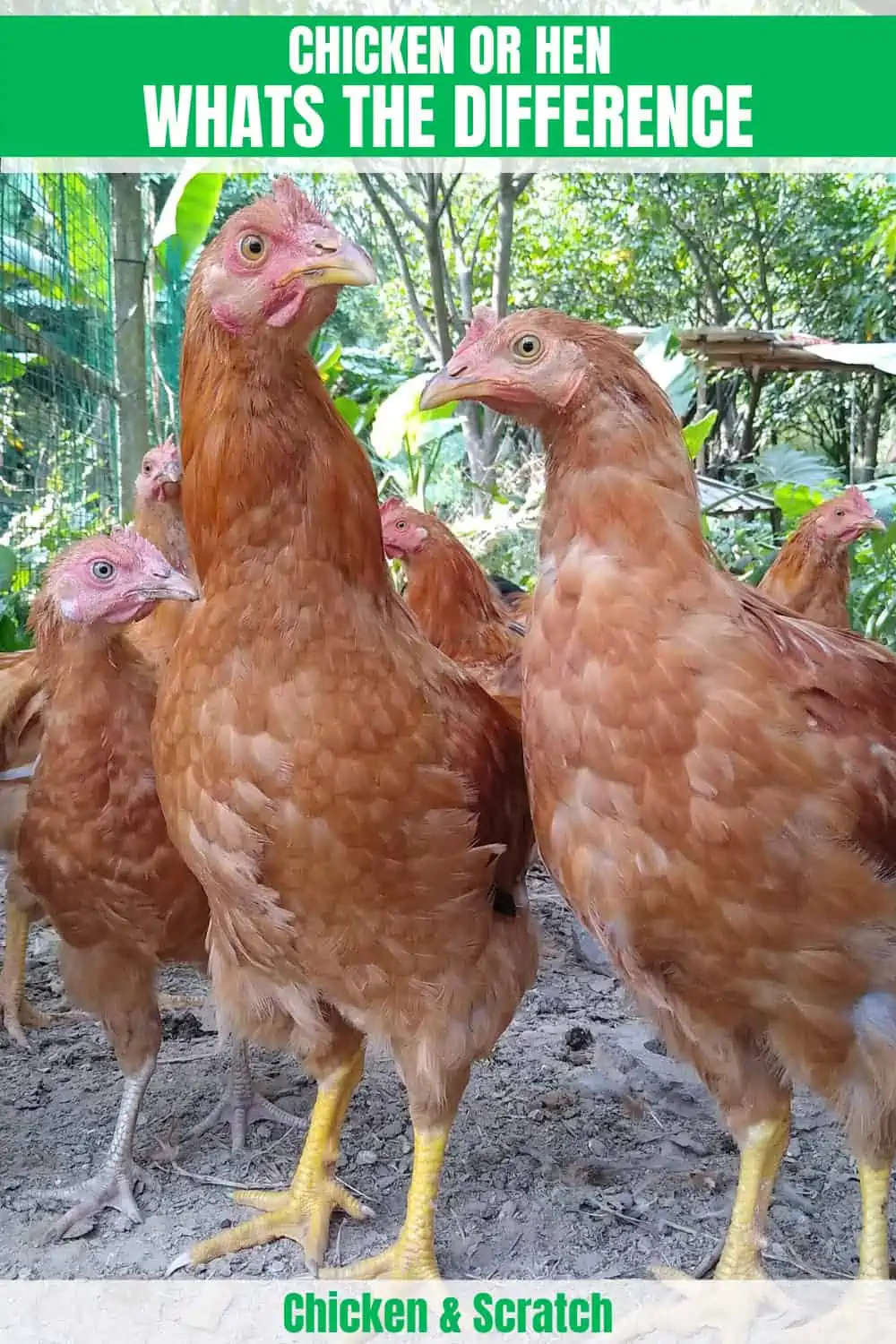







Nicely explained. Always wondered about the English definition of a “pullet” as I understand French and that messed stuff up.
Thank you.
I perceive that you are probably not a real southern cook. Although hens are in the chicken family, if you had gone to a meat market years ago, especially around the Thanksgiving or Christmas holidays and asked for a hen ( stewing hen) the butcher would have known not to give you a regular chicken or oven roaster. You would have only received a “mother hen “ who is still laying eggs. The taste is very different from the regular chickens you would normally get from the supermarket. It’s a matter of taste but the hen dressing generally tastes better than than even the turkey dressing particularly if you use the broth from the hen to make your cornbread for the stuffing.
However, now that I live here in the north, the term hen has almost become extinct. I stop bothering to ask for a hen because for the most part., they have no idea what you’re talking about. ( or they will run and get you a cornish hen which is also not the same. There is one live poultry place about 15 miles from my home is well aware what I want when I ask for a hen. When I’ m in the mood for that special tender meat, if’s worth the drive.
Thank you for this. I’ve only made dressing with hen broth Beach use that’s the way mom did it. Today, the question came to my mind, is the baking hen turkey or chicken? Silly I know, but thank you;))